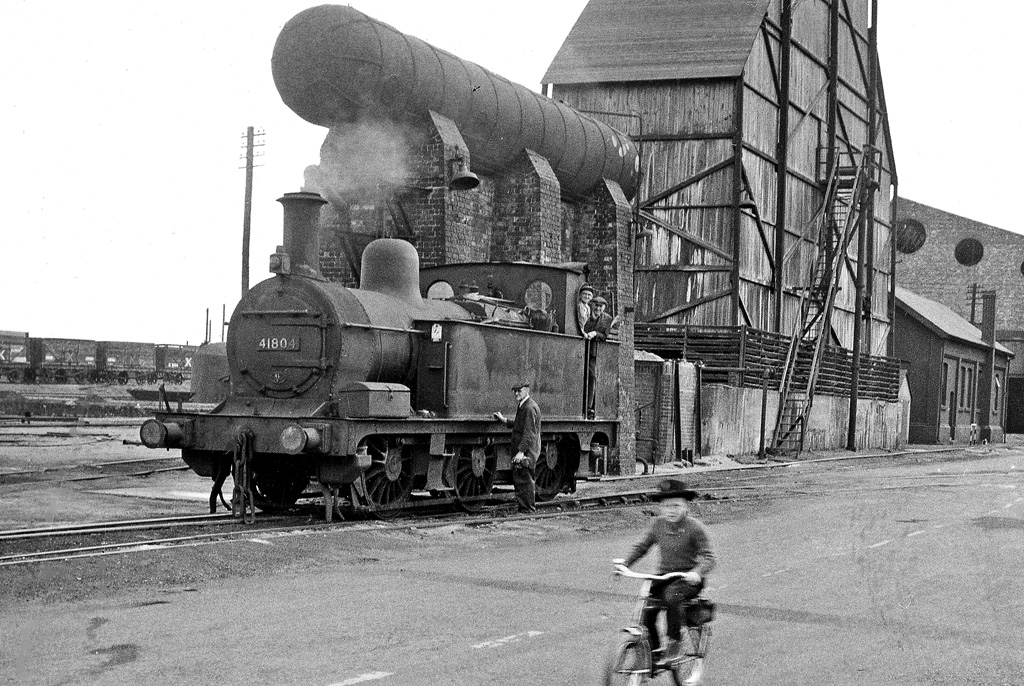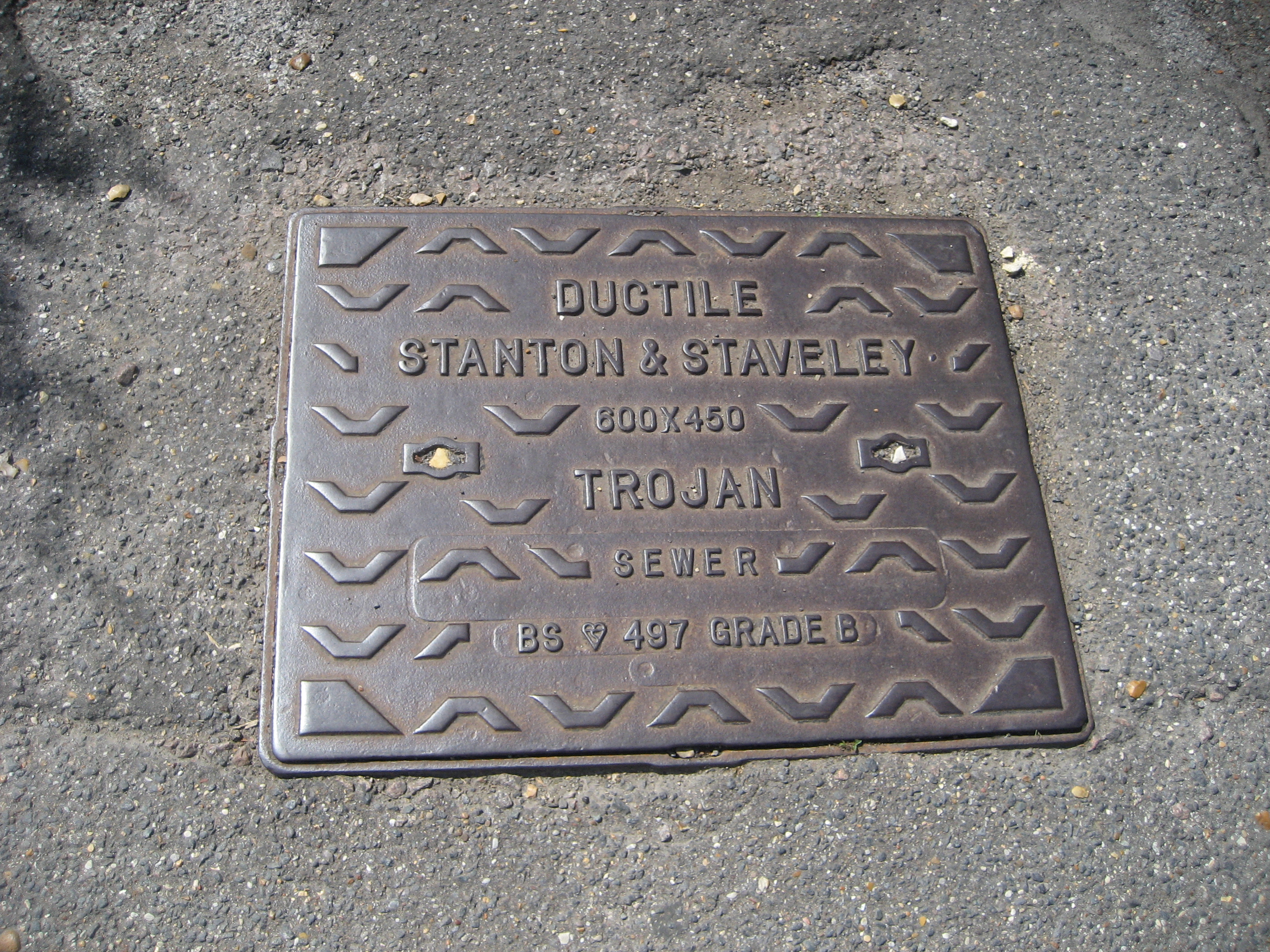Staveley Iron Works on:
[Wikipedia]
[Google]
[Amazon]

 The Staveley Coal and Iron Company Limited was an industrial company based in
The Staveley Coal and Iron Company Limited was an industrial company based in
Duke of Portland papers
- related to coal leases (Derbyshire & Notts area)
{{Authority control Coal companies of England Chemical companies of England Defunct energy companies of the United Kingdom Ironworks and steelworks in England Mining in Derbyshire Companies based in Derbyshire Energy companies established in 1863 Non-renewable resource companies established in 1863 Manufacturing companies disestablished in 1960 Non-renewable resource companies disestablished in 1960 1863 establishments in England 1960 disestablishments in England Defunct companies of England British companies established in 1863

 The Staveley Coal and Iron Company Limited was an industrial company based in
The Staveley Coal and Iron Company Limited was an industrial company based in Staveley Staveley may refer to:
Places
* Staveley, Cumbria, village in the former county of Westmorland and now in Cumbria, England
** Staveley railway station
* Staveley-in-Cartmel, village formerly in Lancashire, now in Cumbria, England
* Staveley, D ...
, near Chesterfield
Chesterfield may refer to:
Places Canada
* Rural Municipality of Chesterfield No. 261, Saskatchewan
* Chesterfield Inlet, Nunavut United Kingdom
* Chesterfield, Derbyshire, a market town in England
** Chesterfield (UK Parliament constitue ...
, North Derbyshire
High Peak is a local government district with borough status in Derbyshire, England. The borough compromises high moorland plateau in the Dark Peak area of the Peak District National Park. The district stretches from Holme Moss in the north to ...
.
History
The company was registered in 1863, appearing in provincial stock exchange reports from 1864. It exploited local ironstone quarried from land owned by theDuke of Devonshire
Duke of Devonshire is a title in the Peerage of England held by members of the Cavendish family. This (now the senior) branch of the Cavendish family has been one of the wealthiest British aristocratic families since the 16th century and has be ...
on the outskirts of the village. It developed into coal mining
Coal mining is the process of extracting coal from the ground. Coal is valued for its energy content and since the 1880s has been widely used to generate electricity. Steel and cement industries use coal as a fuel for extraction of iron from ...
, owning several collieries and also into chemical production, first from those available from coal tar distillation, later to cover a wide and diverse range. Part of the plant at Staveley was a sulphuric acid
Sulfuric acid (American spelling and the preferred IUPAC name) or sulphuric acid ( Commonwealth spelling), known in antiquity as oil of vitriol, is a mineral acid composed of the elements sulfur, oxygen and hydrogen, with the molecular formu ...
manufacturing unit making use of the Contact Process
The contact process is the current method of producing sulfuric acid in the high concentrations needed for industrial processes. Platinum was originally used as the catalyst for this reaction; however, as it is susceptible to reacting with arsenic ...
.
It was during the years of World War 1 that the company developed its chemical operations beyond coal-tar chemicals and began production of sulphuric and nitric acids. During the war they also made picric acid
Picric acid is an organic compound with the formula (O2N)3C6H2OH. Its IUPAC name is 2,4,6-trinitrophenol (TNP). The name "picric" comes from el, πικρός (''pikros''), meaning "bitter", due to its bitter taste. It is one of the most acidic ...
, TNT and guncotton. Following the end of hostilities the company laid plans to develop a range of chlorinated organics and to this end purchased salt-bearing land near Sandbach, Cheshire. The salt was produced by a new company formed specifically for the purpose and named the British Soda Company. The salt being needed to feed a new installation of mercury cells at the Staveley works. The first cells at Staveley came into operation in 1922 and in 1926 they went into partnership with the Krebs Company
Krebs is the German language, German and Danish language, Danish word for "crab" and "Cancer (disambiguation), cancer" (in German, both the zodiac sign and the disease; in Danish the latter is "kræft"). It may refer to:
Places
* Krebs Formation ...
of Paris and Berlin to develop a new cell, which was based on lessons learned. This was marketed worldwide as the Krebs-Staveley cell. This installation lasted into the late 1950s when the cellroom at Staveley was replaced with German-made mercury cells.
Another salt-related product was sodium chlorate. Staveley Coal and Iron Company were the first company in Britain to manufacture this chemical, with the plant becoming operational in 1938. In 1950, the Staveley Iron and Chemical Company was named by Imperial Chemical Industries
Imperial Chemical Industries (ICI) was a British chemical company. It was, for much of its history, the largest manufacturer in Britain.
It was formed by the merger of four leading British chemical companies in 1926.
Its headquarters were at M ...
as one of their main competitors in caustic soda production.
In 1960, the Staveley Iron and Chemical Company, which had been taken over by Stewarts & Lloyds Limited was merged with the Ilkeston-based Stanton Iron Works to form Stanton and Staveley Ltd. In 1967, Stewarts and Lloyds became part of the nationalised British Steel Corporation, Stanton and Staveley were also incorporated.
By 1980, BSC sold off sections of the site as they divested themselves of non-core activities and by 2007 most of the former works at Staveley has been shut down and cleared. The last plant remaining was a p-aminophenol plant that produced active ingredients for paracetamol
Paracetamol, also known as acetaminophen, is a medication used to treat fever and mild to moderate pain. Common brand names include Tylenol and Panadol.
At a standard dose, paracetamol only slightly decreases body temperature; it is inferior ...
production. The site ceased production in June 2012, ending over 100 years of chemical production at Staveley. The site has since been demolished.
Eric Varley, a former Chesterfield Labour
Labour or labor may refer to:
* Childbirth, the delivery of a baby
* Labour (human activity), or work
** Manual labour, physical work
** Wage labour, a socioeconomic relationship between a worker and an employer
** Organized labour and the labour ...
MP and cabinet minister, was an apprentice with the company after leaving school before becoming a trade union official and, much latter, Chairman
The chairperson, also chairman, chairwoman or chair, is the presiding officer of an organized group such as a board, committee, or deliberative assembly. The person holding the office, who is typically elected or appointed by members of the grou ...
of another local firm Coalite.
The location of the former works has due to be redeveloped as a infrastructure depot for phase 2B of the planned HS2
High Speed 2 (HS2) is a planned high-speed railway line in England, the first phase of which is under construction in stages and due for completion between 2029 and 2033, depending on approval for later stages. The new line will run from its m ...
high speed railway due to open in 2033
References
External links
Duke of Portland papers
- related to coal leases (Derbyshire & Notts area)
{{Authority control Coal companies of England Chemical companies of England Defunct energy companies of the United Kingdom Ironworks and steelworks in England Mining in Derbyshire Companies based in Derbyshire Energy companies established in 1863 Non-renewable resource companies established in 1863 Manufacturing companies disestablished in 1960 Non-renewable resource companies disestablished in 1960 1863 establishments in England 1960 disestablishments in England Defunct companies of England British companies established in 1863